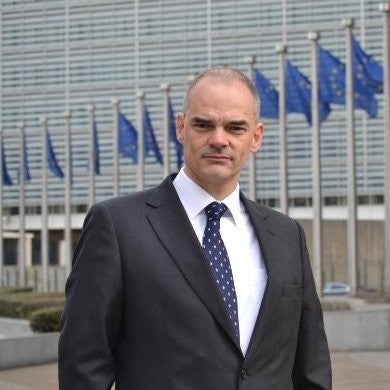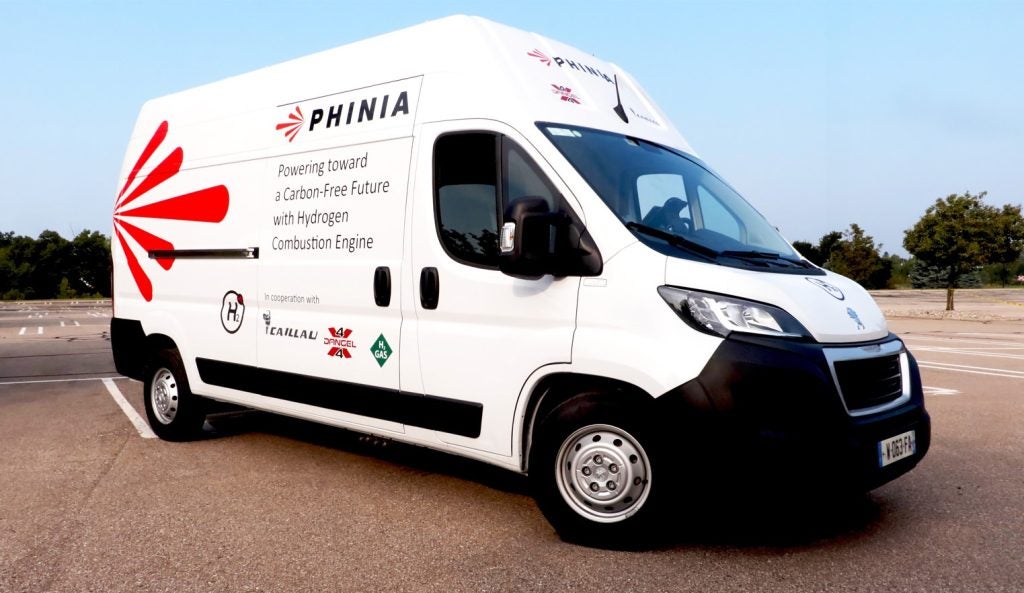
Balancing environmental goals, while also maintaining the realities of market readiness and manufacturing viability is a challenging situation for the automotive industry. With these pressures in mind the industry has recently pushed back on UK regulations (stated that 22% of 2024 vehicle sales, and 10% of van sales should be EVs) that threatend penalties under the UK Government’s Zero Emission Vehicles (ZEV) Mandate. In the end, manufacturers made use of loopholes such as pooling and sharing credits to avoid undershooting targets fines, but questions remain on 2025 arrangements and even tougher EV share targets.
PHINIA, a company (divested from BorgWarner in 2023) specialising in fuel systems and low-carbon ICE technologies, has been looking into how achieving a low-carbon future does not solely rely on EV adoption, but also on embracing alternative strategies to optimise the emissions profiles of ICE vehicles.
We spoke with Simon Godwin, head of global government affairs, PHINIA, to discuss market readiness and to touch on the role that low-carbon ICE innovations play within the industry.

Just Auto (JA): Could you discuss the market readiness and manufacturing availability of EVs to achieve Government goals?
Simon Godwin (SG): The key point is focusing on the actual goal, which is decarbonisation of road transport. EVs can be part of that solution. However, that goal can only be achieved by enabling all viable technologies to contribute, including zero-carbon and low-carbon internal combustion engine (ICE) technologies. There are big challenges for the rollout of new technologies in terms of affordability and infrastructure.
Ultimately, carbon emissions are the enemy we’re looking to defeat.
 GlobalData Strategic Intelligence
GlobalData Strategic IntelligenceUS Tariffs are shifting - will you react or anticipate?
Don’t let policy changes catch you off guard. Stay proactive with real-time data and expert analysis.
By GlobalData
While many governments are setting ambitious targets for adoption of low and zero-emission vehicles, the key factors are the ramp-up of manufacturing capacity, availability of raw materials, adequate energy distribution infrastructure and, most critically, consumer acceptance. Widening the technology scope creates more opportunity to address all these factors and enhances our ability to decarbonise more quickly.
What are some of the key challenges that need to be overcome to achieve these goals?
The first key challenge is to ensure that government policy enables all technologies to contribute to decarbonisation. The upfront cost of zero-carbon technologies remains a significant barrier for many consumers, with EVs being competitive in some segments and alternatives such as hydrogen more favourable in others. Further, much more investment is needed in both production of renewable energy and the infrastructures for charging and hydrogen refuelling. For hydrogen in particular, further support by regulators and government policy is needed. Additionally, the manufacturing capacity for key components needs to be scaled up, with batteries facing insecure supply chains and dominance by other regions. Lastly, we must recognise the situations in which each technology does and does not fit the needs of the user and continue to develop alternative fuel solutions in order to reduce transport emissions globally.
The first key challenge is to ensure that government policy enables all technologies to contribute to decarbonisation.
How can advanced, low-carbon ICE technologies complement EVs in achieving carbon reduction targets without overburdening OEMs or disrupting consumer choice?
First, we need to keep vehicles already on the road running efficiently, minimising their emissions while reducing the environmental burden of manufacturing new vehicles. Second, we must bring to market zero- and low-carbon fuels for use in situations where combustion engines will continue to be the primary powertrain, such as commercial vehicles where we are focusing our hydrogen ICE development. And third, we should let consumers and transport operators choose the carbon emission reduction solution that best meets their needs, helping the industry meet targets while also maintaining customer choice and supporting a thriving industry.
What role do low-carbon ICE innovations play in safeguarding UK automotive jobs and investments?
The UK has a long history of development and manufacturing of ICE technology, with 22,000 jobs according to a 2022 estimate by the SMMT. As the industry invests in zero- and low-carbon technologies, the uncertainties and risks are significantly reduced if we can leverage those existing resources. By making the UK a powerhouse in hydrogen ICE technology and other alternative fuels, we can help safeguard those jobs and maintain a competitive edge in a challenging global marketplace.
What strategies could be put in place to create a more balanced regulatory environment?
Ultimately, carbon emissions are the enemy we’re looking to defeat. We should be pursuing all methods available to us to reduce these emissions. If not, we run the risk of putting all our eggs in one basket and missing out on other equally valuable carbon reduction opportunities that can have an immediate impact. Incentives and regulations should therefore not focus on any one single technology, but instead recognise and support all technologies that can significantly reduce the environmental impact of road transport, including EVs, hydrogen, and other zero- and low-carbon fuels.

About PHINIA
BorgWarner completed the spin-off of PHINIA – its fuel systems and aftermarket business – on 3 July, 2023. With a market capitalisation of $2 billion (as of February 2025), PHINIA offers a variety of products for the automotive market. It specialises in fuel systems, starters, alternators and aftermarket distribution with customers in commercial vehicle, light vehicle and aftermarket end markets. Phinia’s expertise lays, in particular, in enhancing fuel efficiency for advanced ICE gasoline and diesel engine applications.
For its part, BorgWarner is aiming to specialise in EV business, targeting a goal of 25% of revenue from EVs by 2025 as part of its ‘Charging Forward’ strategy. BorgWarned says EV-focused M&A is tracking ahead of plan with the five acquisitions the company has made in the battery pack, e-motor, power electronics, and direct current fast charging spaces.



